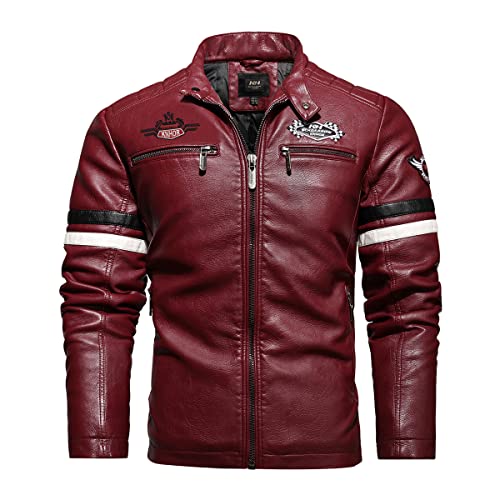RichDoyle
Well-known member
The rear braking action is significantly less than the front, but it is not insignificant. I used to have a '75 Goldwing. This bike had disc brakes all around, but, of course no ABS or LBS. There was a design defect that would cause the rear brake to become temporarily ineffective in soaker-rain conditions. I first noticed this in situations where I'd brake normally and the bike wouldn't seem to decelerate normally for a couple of seconds and then (somewhat) suddenly be normal.
I tested this repeatedly and it was the rear brake. If you stopped in these conditions with just the front brake, nothing seemed abnormal. But applying the rear brake seemed totally useless for that second or two and then it would be normal again. Either the rainwater was somewhat soaking the rear brake pads or the water film was not being quickly wiped from the disk.
But the lesson here is that when the rear brake did come to the party, there was a very noticeable difference. Not to the degree of failing to use the front brake, of course, but definitely an important factor when high-performance braking is called for.
I tested this repeatedly and it was the rear brake. If you stopped in these conditions with just the front brake, nothing seemed abnormal. But applying the rear brake seemed totally useless for that second or two and then it would be normal again. Either the rainwater was somewhat soaking the rear brake pads or the water film was not being quickly wiped from the disk.
But the lesson here is that when the rear brake did come to the party, there was a very noticeable difference. Not to the degree of failing to use the front brake, of course, but definitely an important factor when high-performance braking is called for.






























































